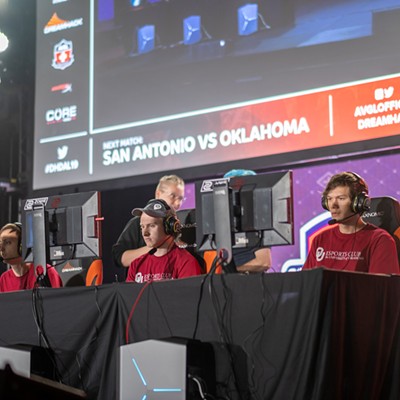“I can tell you that the feeling here is different than anywhere I’ve been,” said Wright, owner of CNG Interstate, a Utah-based company that imports and distributes after-market CNG-conversion kits.
CNG Interstate is opening a second corporate office in Edmond, and he wants to build on the customer base he has developed here.
“We really have focused on the quality,” he said. “Our niche is with the high-end customer who wants natural gas.”
Installing a CNG fuel system is not cheap, nor is CNG yet as convenient as gasoline. However, with Oklahoma making improvements in refueling convenience and economic incentives, conversion is a no-brainer, Wright said.
“Once people have tried it, they just won’t go back,” he said.
In a nutshell
According to cngnow.com, an informational website sponsored by CNG industry leaders and advocates, CNG powers more than 12 million vehicles on the road today, but only 110,000 in America. CNG usage in this country has increased by 3.7 percent over the last 11 years, compared with a global growth rate of 30.6 percent. There are 12,000 CNG fueling stations worldwide, but only 1,100 in the U.S.
America’s natural gas supply is domestic, whereas approximately 60 percent of the oil the nation uses is imported. The U.S. spends about $1.7 billion a day to pay for foreign oil, according to cngnow.com.
Three types of CNG fuel systems exist. The most common is a bi-fuel vehicle, which has a separate CNG and gasoline fuel system after conversion. A dedicated CNG vehicle runs only on CNG, whether by manufacturer design or conversion. A dual-fuel vehicle runs simultaneously on a mixture of CNG and diesel.
Locally, Oklahoma City’s Metro Transit recently introduced CNG to its fleet, and Chesapeake recently finished converting its entire Oklahoma fleet, 800 vehicles, to CNG. The company plans to convert its entire 4,200-vehicle fleet.
Pros and cons
The most attractive part of converting is fuel savings, Wright said, as customers can recoup the cost in about 30,000 to 50,000 miles. CNG prices at OKC’s 11 public and private fueling stations range from $.88 to $1.39 per gasoline gallon equivalent.
Okarche’s OEM Systems began CNG conversions in 2007 and switched almost 800 vehicles in 2010, including Chesapeake’s final batch of in-state fleet, OEM General Manager John Luber said.
A typical conversion runs between $10,000 and $13,000, depending on fuel tank size. OEM’s systems are certified by the Environmental Protection Agency and can be fitted on many newer-model Ford and General Motors vehicles, he said.
CNG Interstate offers conversions for $6,000-$10,000. The company’s kits are universal, can be fitted on most vehicles and are cheaper because they are not EPA-certified. There is no state law requiring certification, and his systems meet all federal emissions standards, Wright said.
Oklahoma currently offers a onetime, 50 percent income tax credit for the cost of converting a vehicle to operate on alternative fuel. No current federal tax credits exist for CNG vehicles.
Environmental factors also come into play. According to the EPA, driving a CNG vehicle will reduce carbon monoxide emissions by 90 percent to 97 percent, carbon dioxide emissions by 25 percent, nitrogen oxide emissions by 35 percent to 60 percent, and potential reductions in non-methane hydrocarbon emissions by 50 percent to 75 percent.
Cons to conversion include the size of the fuel tank, which is typically installed in the bed of a truck or the trunk of a car; the lack of CNG filling stations (although Oklahoma is an exception, with more than 40 statewide); and maintenance challenges.
CNG Interstate and OEM Systems both offer warranties on their products and labor, but after-market conversions could jeopardize a vehicle’s factory warranty.
Happy customers
Wright met with several customers recently outside his new Edmond office, 100 N.W. 142nd. (A public grand opening is set from 6 to 9 p.m. Friday.) They showed off their CNG vehicles and talked about the latest industry news, including a possible five-year federal tax credit that recently was introduced in Congress.
Luber said his company gets calls every day from people curious about CNG.
“At first it was your energy companies, but now with the price of gasoline, a lot of the individuals are starting to come on board,” he said. “They see there is a need and a savings, and everyone’s budget is tight.”











